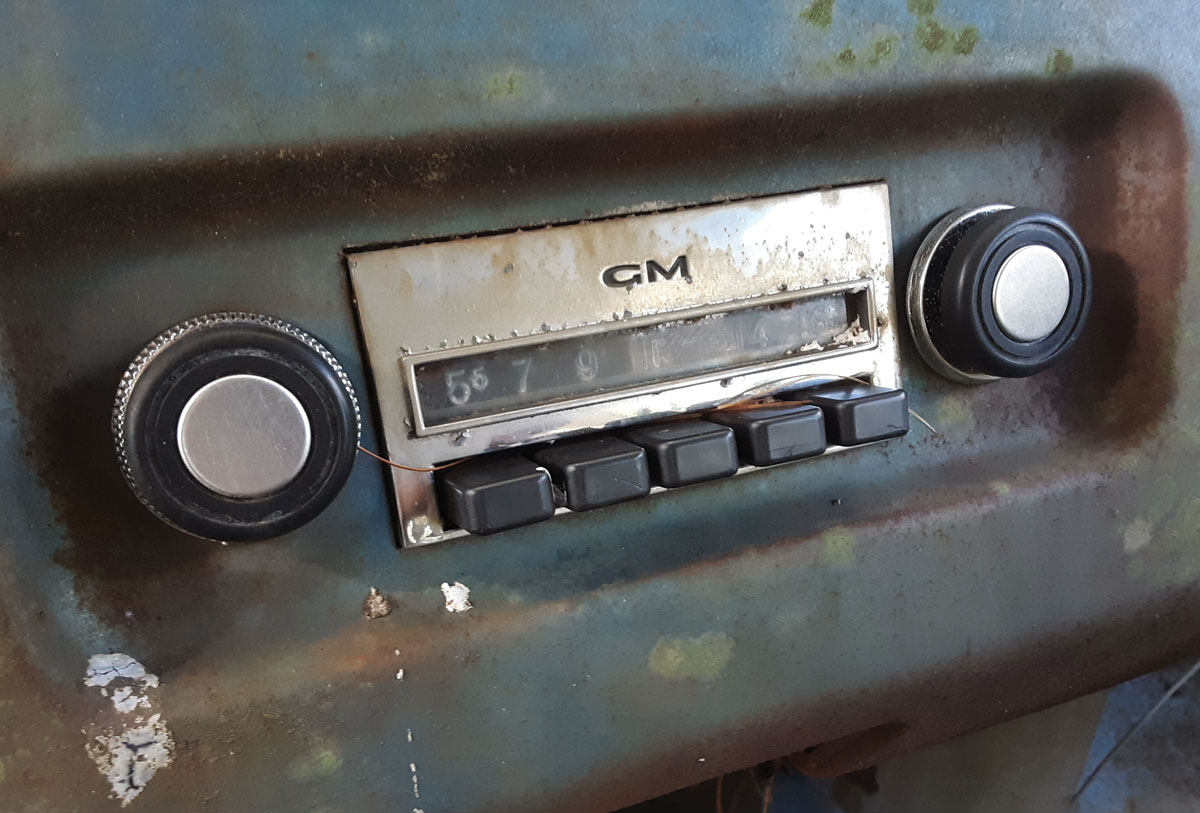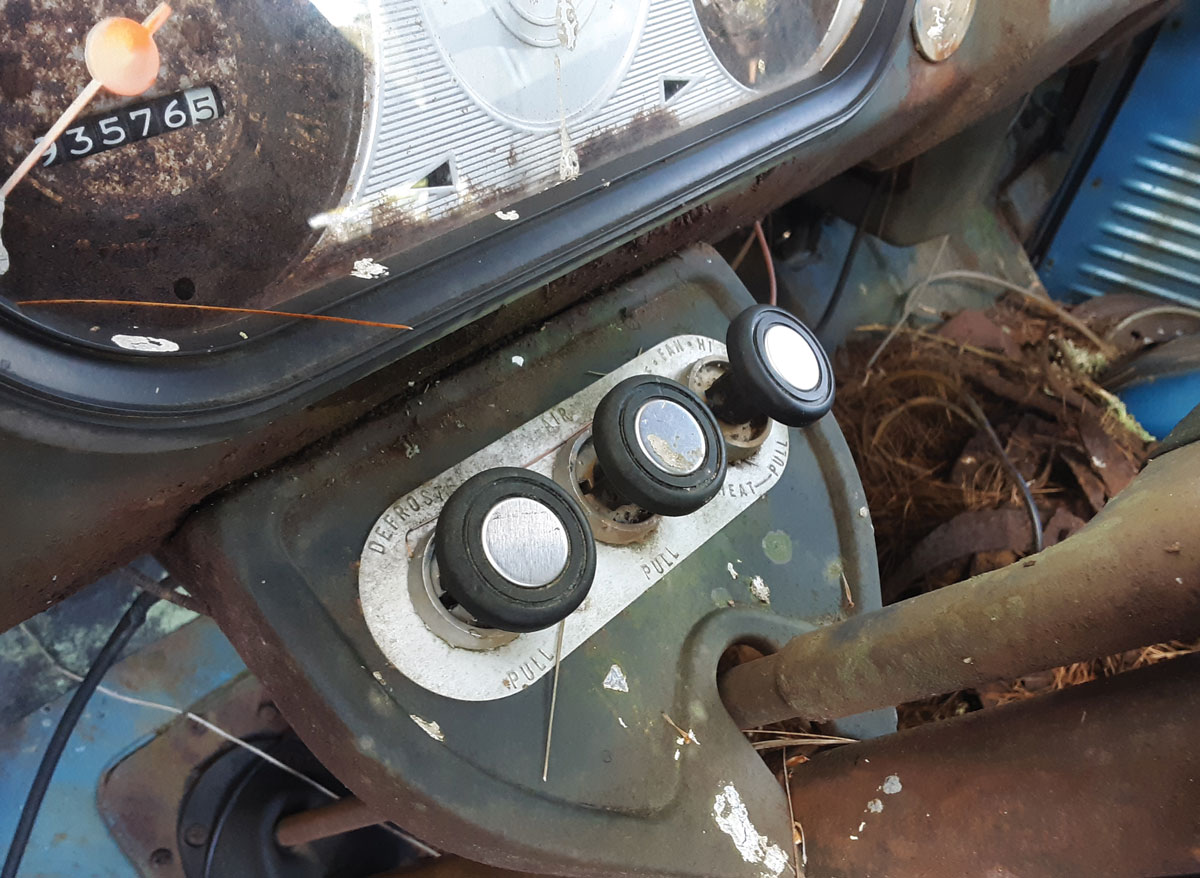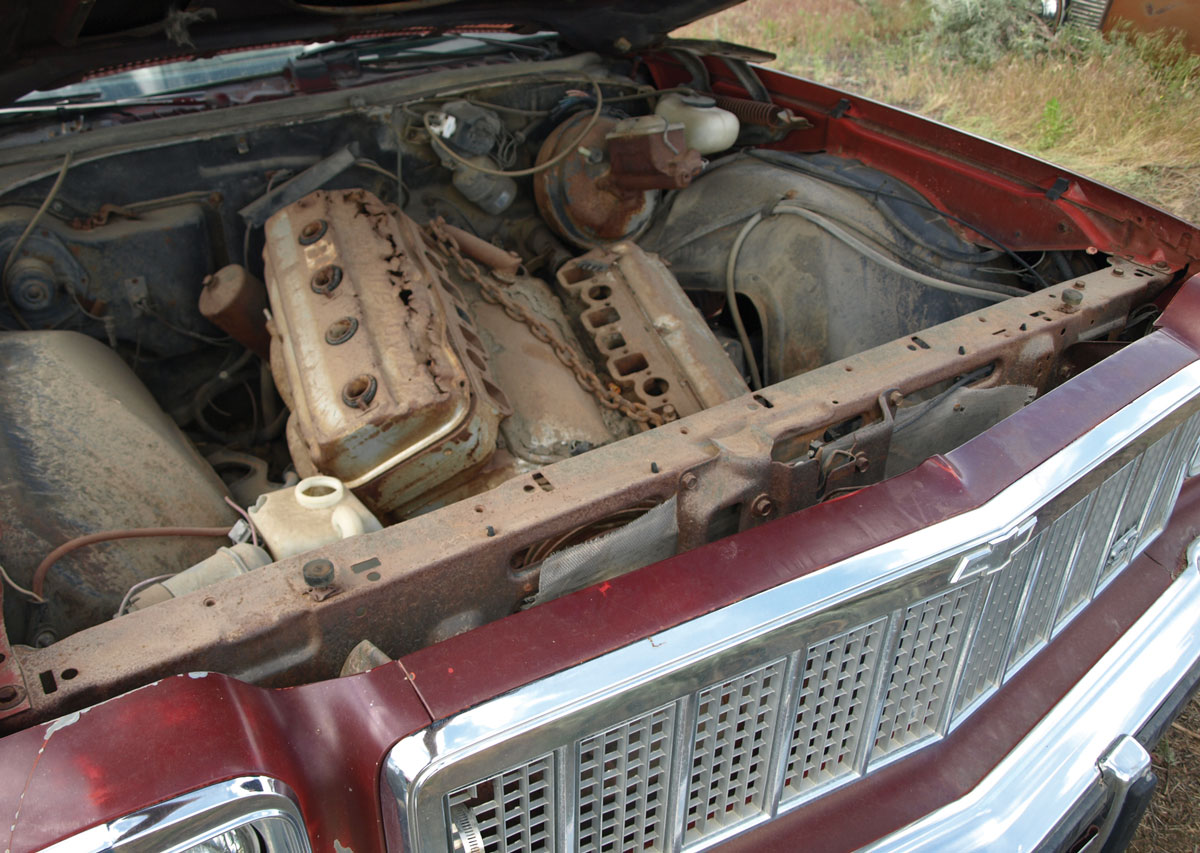 BOWTIE BONEYARD
BOWTIE BONEYARD![]() Consumer advocate Ralph Nader took advantage of the ’60-64 Corvair’s tail-happy “Quadri-Flex” suspension in his Nov. ’65 book Unsafe at Any Speed, making the van version an outcast among van crazies of the ’70s. This ’61 features the extremely rare EIGHT DOOR body. That’s right, there are loading doors on both sides of the body! By the way, GM redesigned the ’65-69 Corvair with Corvette-like articulated rear-axle half-shafts that improved handling, but the damage to Corvair’s image was done and we’ve never seen a customized example.
Consumer advocate Ralph Nader took advantage of the ’60-64 Corvair’s tail-happy “Quadri-Flex” suspension in his Nov. ’65 book Unsafe at Any Speed, making the van version an outcast among van crazies of the ’70s. This ’61 features the extremely rare EIGHT DOOR body. That’s right, there are loading doors on both sides of the body! By the way, GM redesigned the ’65-69 Corvair with Corvette-like articulated rear-axle half-shafts that improved handling, but the damage to Corvair’s image was done and we’ve never seen a customized example.
 Photography by the Author
Photography by the Authorf you were alive in the ’70s, you’ll remember the so-called “van craze.” Around 1974 former hot rodders, car magazine editors, and car people in general realized that Detroit was having an identity crisis over the combined threats of an energy crisis and an upswing in sales of fuel-efficient foreign and domestic compact and sub-compact cars.
Though traditional hot rodding carried on, those interested in obtaining pre-assembled factory hot rods had little to choose from. Understanding that eye appeal was just as important to these folks as brute power, vans started to look pretty good as a “vehicle” for self-expression. And thus, folks embraced domestic vans as their blank canvasses upon which to strut their stuff.
The main features of this new show were custom murals, (usually) fake side pipes, jacked-up rear axles, skylights, fender flares, wide “boots” (we call them tires again today), and add-on plastic bubble side windows shaped like teardrops, domes, diamonds, half-moons, and you-name-it designs.
Inside, frustrated interior decorators did their best to make a van a home. Chandeliers, disco balls, plush beds, cocktail tables, shag carpeting, and mirrors. Oh yes, lots of mirrors. All of this masked the virtual nothingness done to the engine compartment and drivetrain. But it was “the ’70s, Man!”
In this episode of Bowtie Boneyard, let’s peek at a couple of vintage Chevy vans that were overlooked by the Van Craze. These relics were/are too odd for consideration by the van set of four decades past. Today they languish at Bernardston Auto Wrecking in (where else?) Bernardston, Massachusetts (413-648-9300). Just remember “if the van is a-rockin’, don’t come a-knockin’.” OK, we won’t.


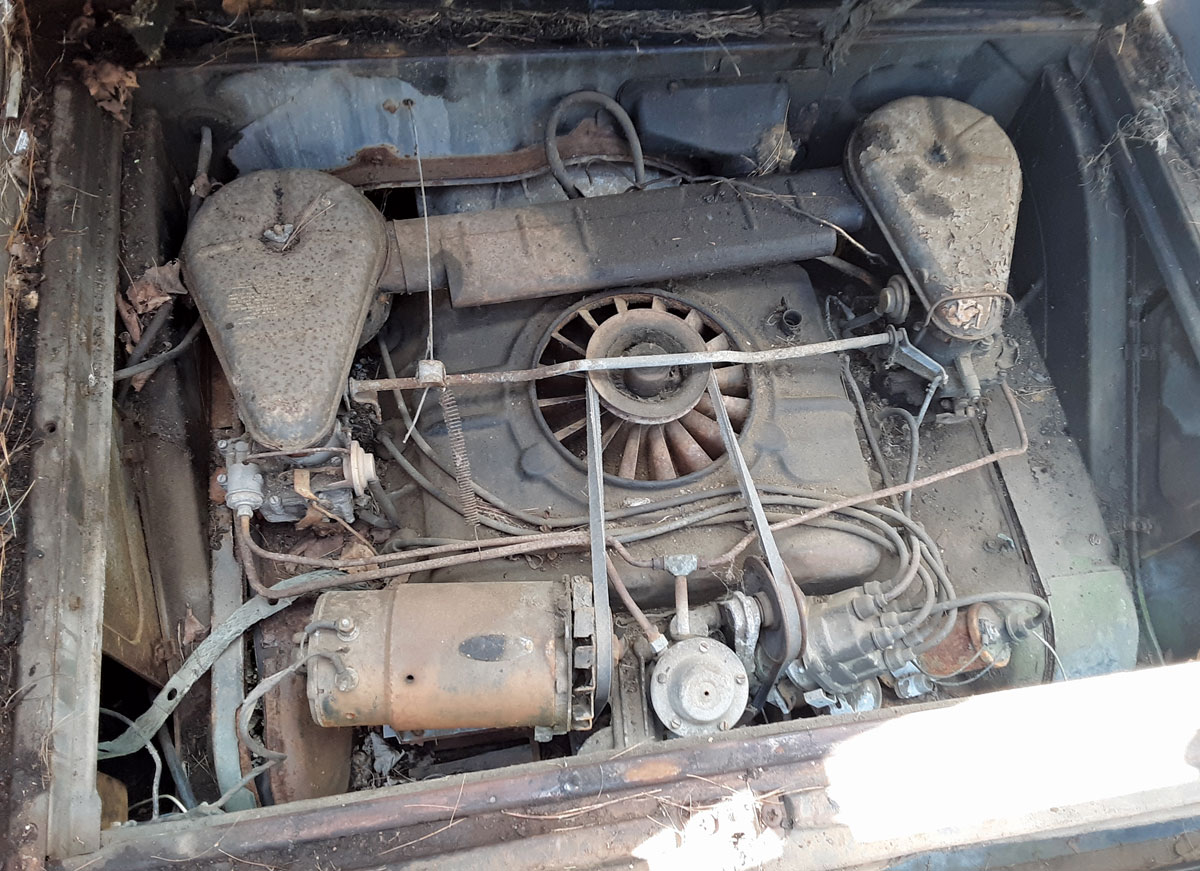
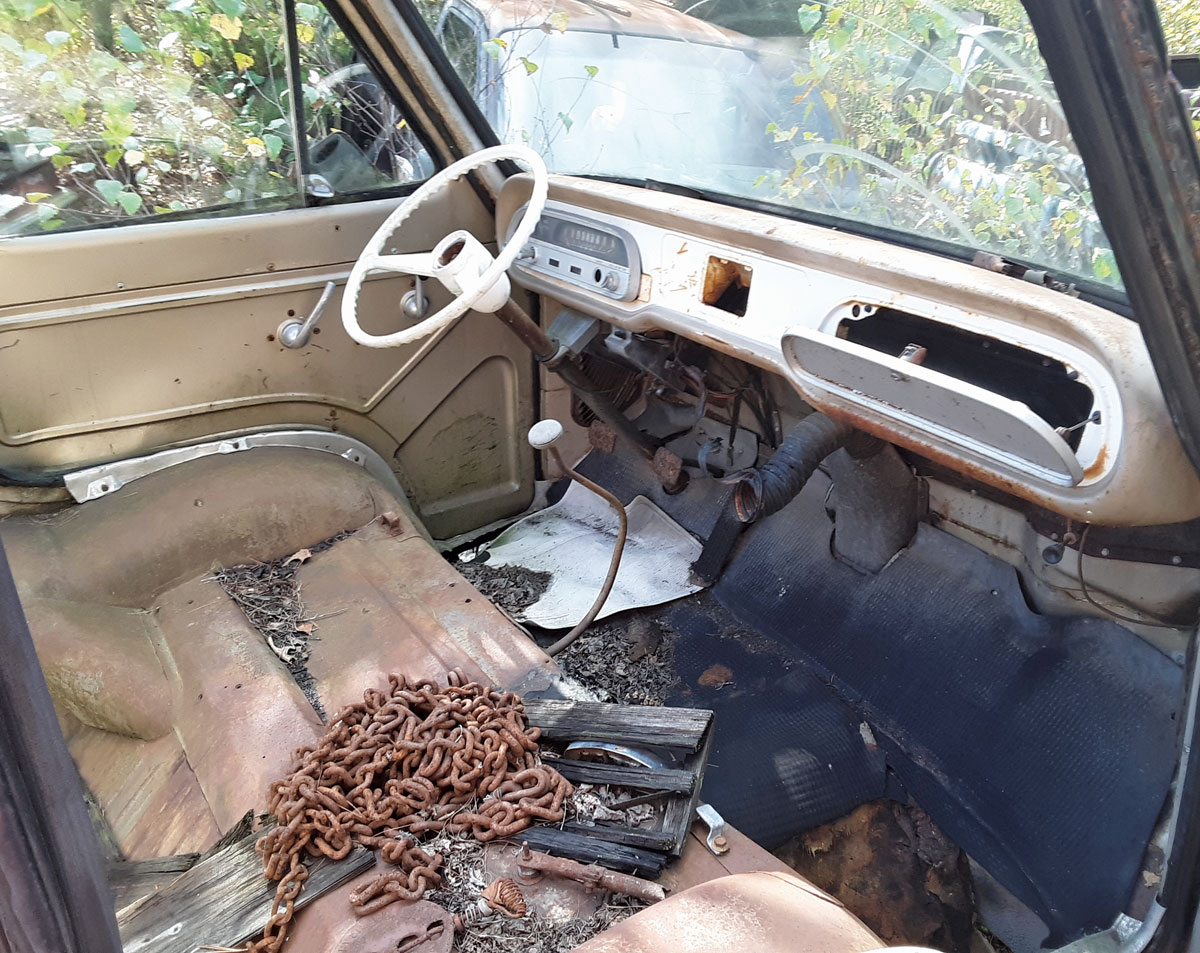

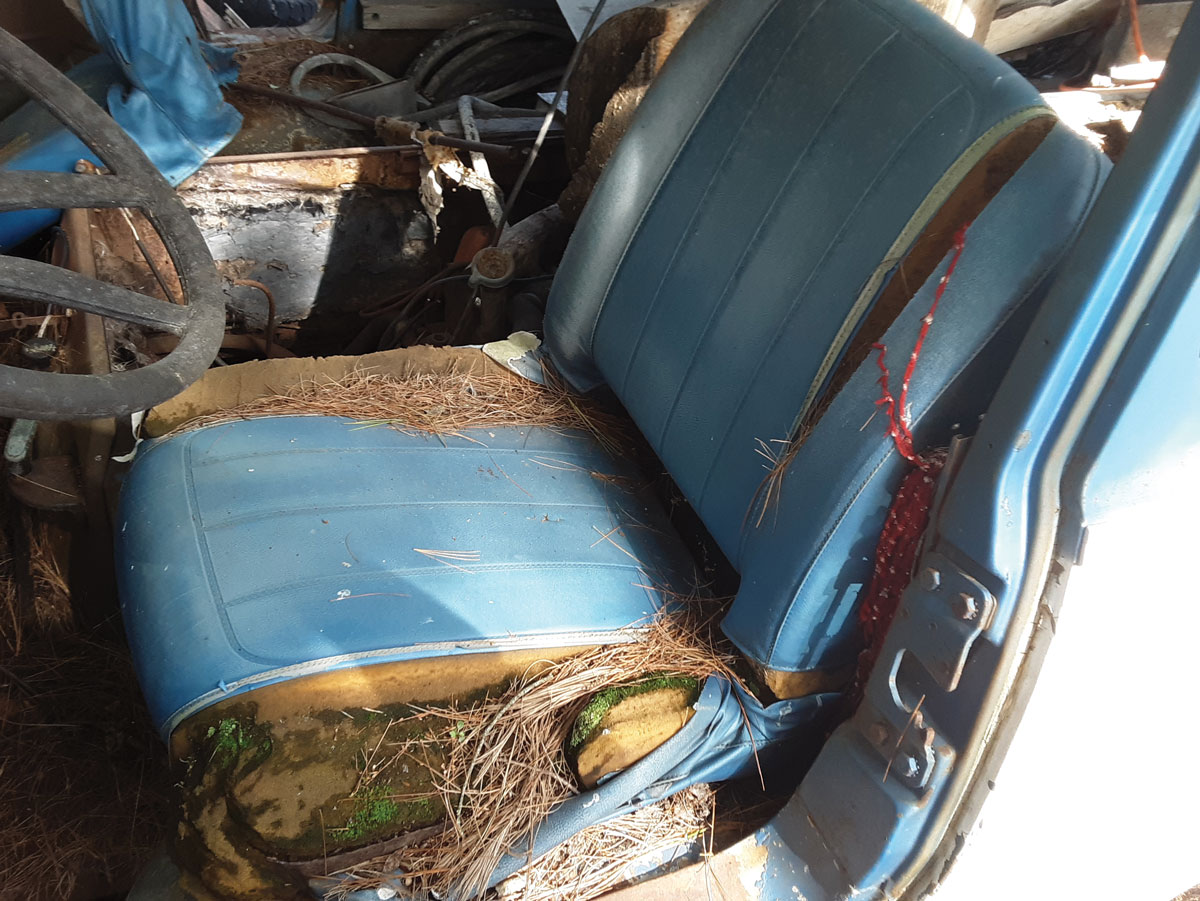

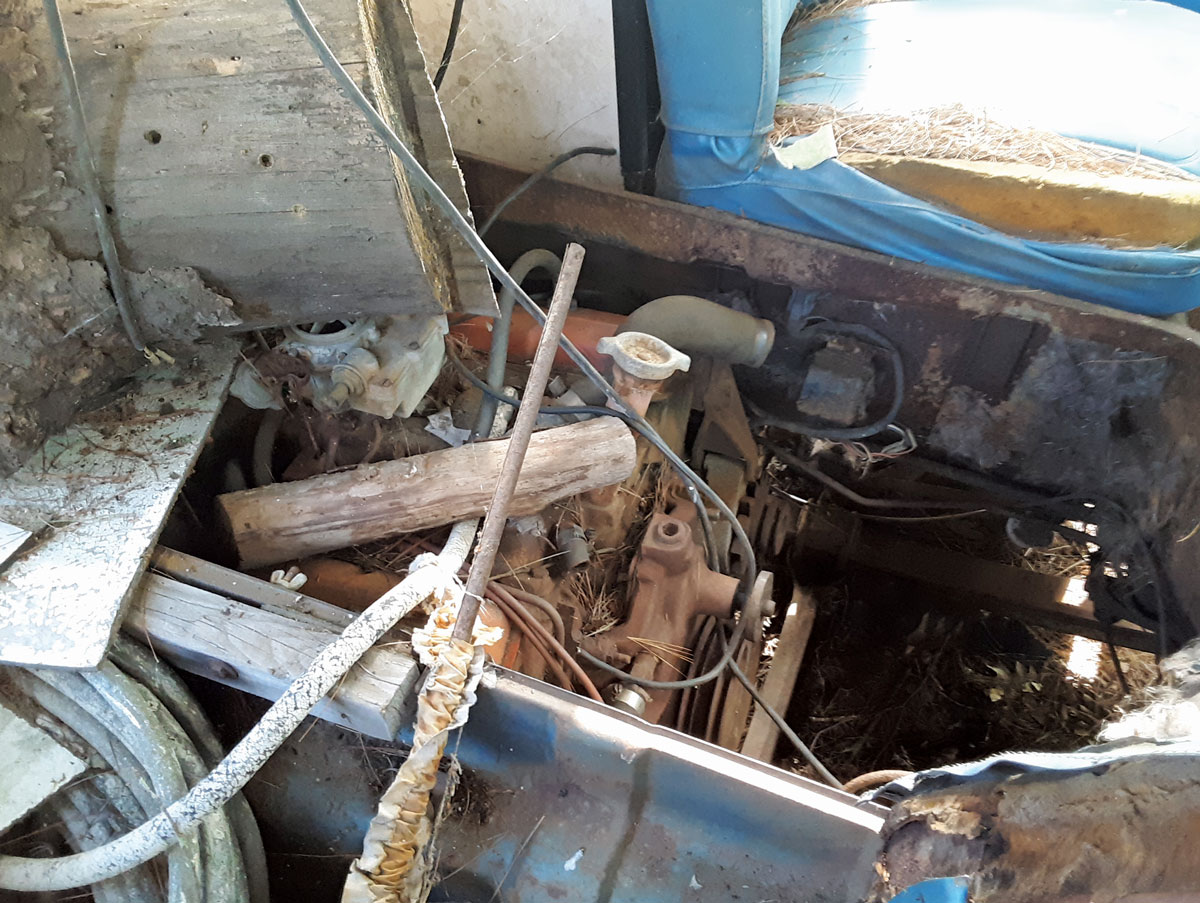
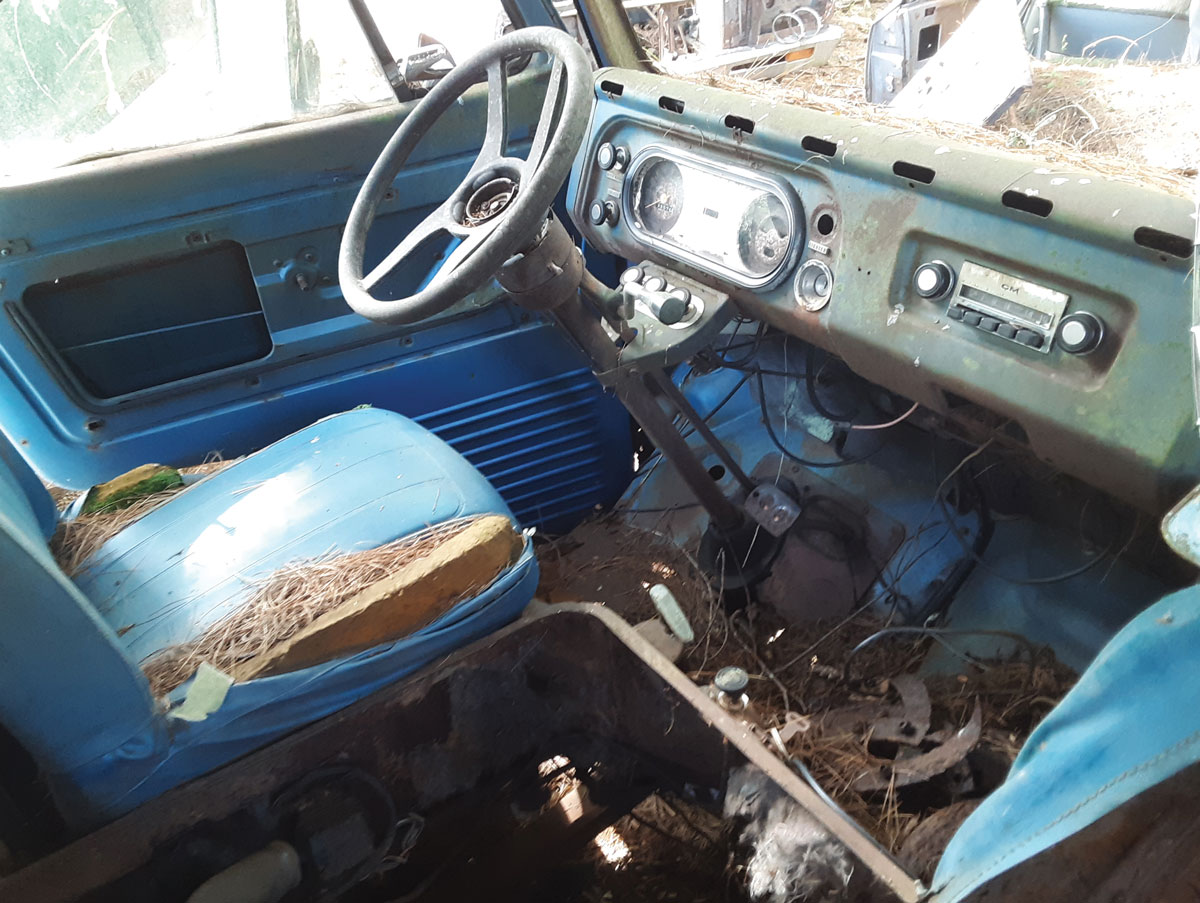
![]() The nifty color-coded interior may seem as bare as a prison cell to modern drivers used to steering wheels with integral airbags and soft-touch surfaces everywhere. Designed long before passenger safety mandates, seatbelts are of the lap-belt variety and lack the shoulder harness provision so important to avoiding the dreaded “spinal cord separation.” Ironically, Ralph Nader’s book (Unsafe at Any Speed) was a major force in triggering government safety oversight committees that forced automakers to build more safety into their cars.
The nifty color-coded interior may seem as bare as a prison cell to modern drivers used to steering wheels with integral airbags and soft-touch surfaces everywhere. Designed long before passenger safety mandates, seatbelts are of the lap-belt variety and lack the shoulder harness provision so important to avoiding the dreaded “spinal cord separation.” Ironically, Ralph Nader’s book (Unsafe at Any Speed) was a major force in triggering government safety oversight committees that forced automakers to build more safety into their cars.
